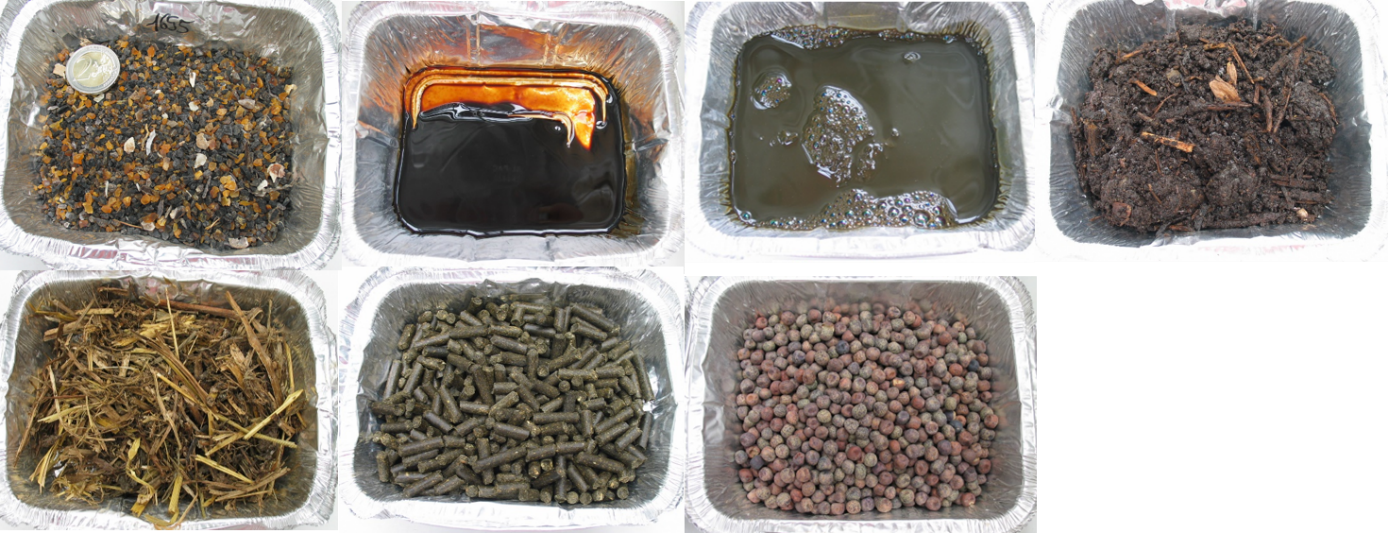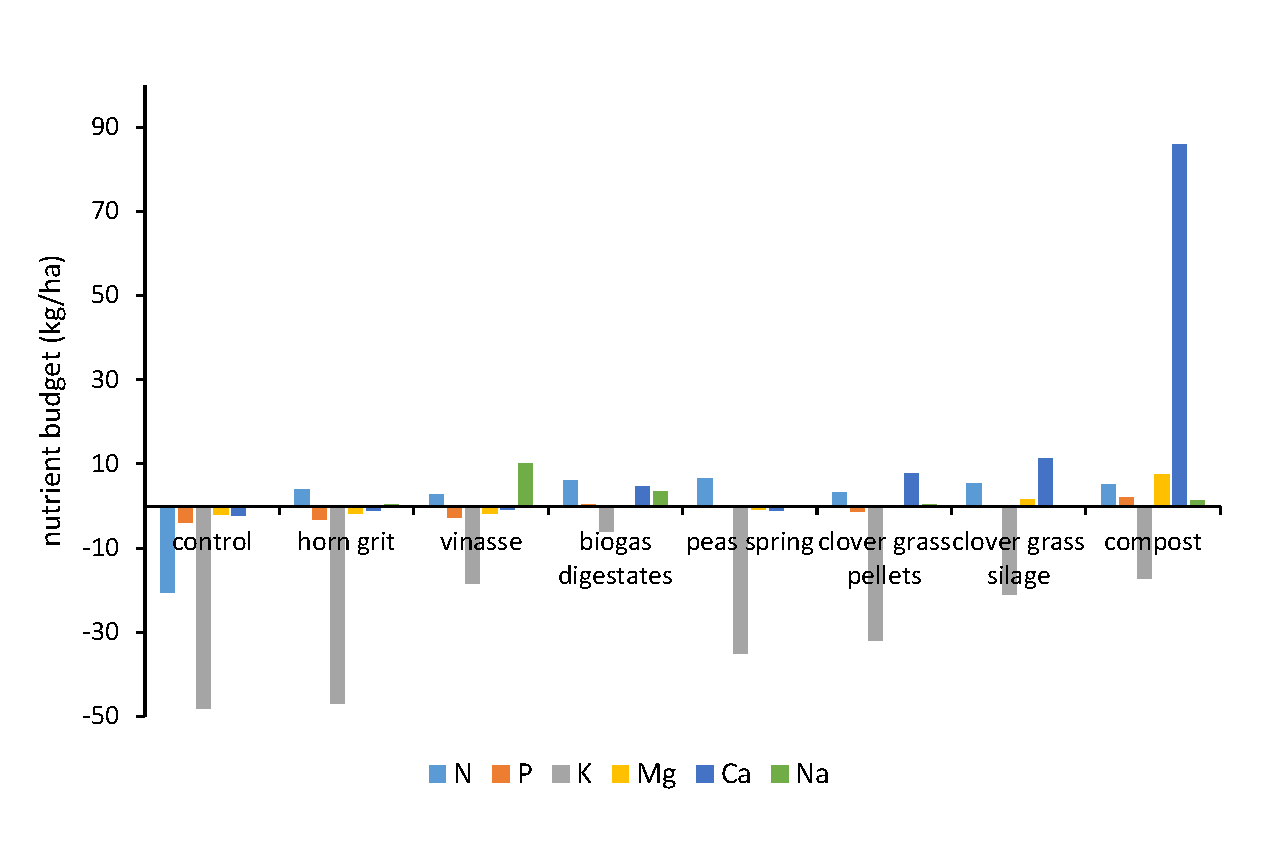Alternative fertilisers in intensive organic apple production
In organic apple production different multi-nutrient fertilisers from conventional farming (e.g. poultry manure, keratin products) are used, which usually don’t have the same nutrient ratio as needed by the crop. This can lead to an accumulation of non-target nutrients in the soil and thus an unbalanced nutrient status which may result in deficits in kalium (K) supply or excess amounts of phosphorus (P).



In addition, fertilisers from conventional sources, in particular from intensive conventional animal husbandry, are considered as contentious inputs that should be phased out from organic agriculture. Therefore, new fertilisation strategies have to be developed to increase the sustainability of the system.
Within the DOMINO project the University of Hohenheim is conducting a field trial for three seasons since 2018 at the Competence Centre for Fruit Growing Lake Constance (KOB) in Southern Germany to test several fertilisers in an organic apple orchard. The trial is done with the variety Santana (early maturation) on the rootstock M9 with a spacing of 1 x 3.5 meters. The goal is to reduce fertilisers of conventional origin by replacing them with legume based fertilisers (e.g. clover grass pellets, clover grass silage and peas intercropped in the tree row), compost or regional waste materials from organic agriculture like biogas digestates. We use these fertilisers and compare them to a zero control and to treatments with horn grit and a vinasse (by-product of sugar production) that are widely used in organic farming (Figure 1).
The amount of nitrogen (N) applied with the fertilisers was 25 kg N per hectare. The peas were sown in March and mulched one week before flowering in April, when all the other fertilisers were applied. We calculated nutrient balances and assessed the impact on yield and fruit quality, as well as their suitability for intensive organic apple production.
Figure 2 illustrates the nutrient input by the fertilisers (mean values of 2018 and 2019) for a target fertilisation of 25 kg N ha-1. Peas are a good alternative compared to horn grit. The compost in particular varied in its nutrient contents between the years and was very high in calcium (Ca) in 2019.
The yield level in 2018 was much lower than in 2019 due to a shortage of rainfall and extremely high temperatures. In both years no significant differences appeared in the yield per tree.
The nutrient budget (Figure 3) was calculated as the difference between the nutrient input by fertilisation and the output via the fruits, depending on the nutrient content of the fertilisers and on the yield. The elements nitrogen and kalium have the highest off-take in all treatments. The highest deficit is related to kaliumj.
In summary, the findings of the trial years 2018 and 2019 presented the peas to be most similar to horn grit with regard to their nutrient content (with the lowest amount of secondary nutrients after horn grit) and nutrient budget, yet resulting in a slightly lower yield. All the treatments caused a kalium deficit, however, fertilisation with biogas digestates resulted in the lowest K imbalance. In the compost treatment high amounts of calcium were added. The most balanced nutrient input-output relationship was achieved by fertilisation with biogas digestates.
To assess the fertilisers further, the data of all three years will be examined, also taking account of additional factors like the soil pH and nutrient status of the soil, nitrogen mineralisation rate during the season, the fruit quality and tree growth.
Author
Birgit Lepp, Sabine Zikeli and Kurt Möller
birgit.lepp@uni-hohenheim.de
Editor: Karin Ullven / Design: Christine Dilling
